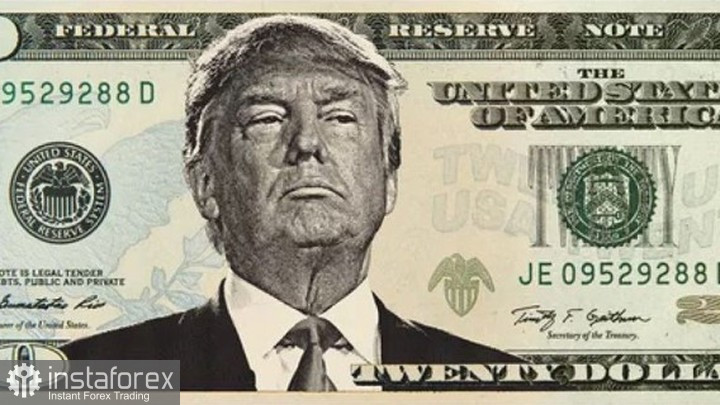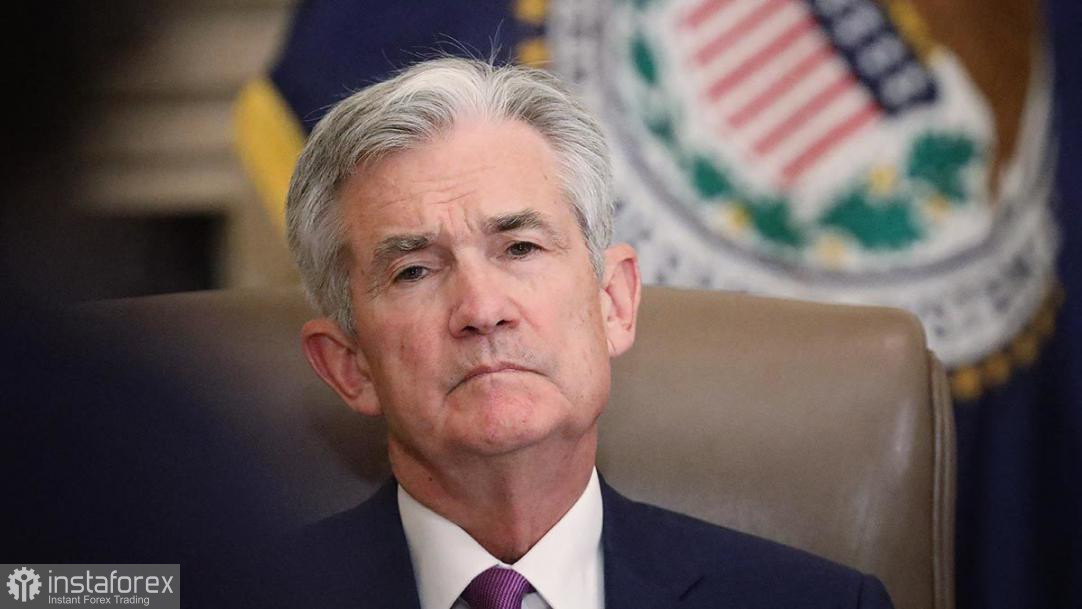The US dollar surged upwards after Fed chairman Jerome Powell once again stated the FOMC's stance on monetary policy. The Federal Reserve is set to push inflation down to the target level of 2% and is ready to increase interest rates even higher if necessary. Powell said he will back interest rate increases until prices start falling back toward a healthy level.
"If that involves moving past broadly understood levels of neutral we won't hesitate to do that," Powell told the Wall Street Journal. "We will go until we feel we're at a place where we can say financial conditions are in an appropriate place, we see inflation coming down."

Earlier, the Federal Reserve increased the Fed funds rate by 0.5% in its second interest rate hike of 2022. The US regulator strives to bring down inflation, which remains at the highest level in 40 years. Fed chairman Powell noted that similar 50 basis point moves were likely to come at the following FOMC meetings, as long as economic conditions remained similar to where they are now. Inflation could surge upwards in the future, putting pressure on the US economy amid rising energy prices. Latest data indicates retail sales in the US decreased in April, and many economists expect the US economy to fall into a recession by the end of the year.
Yesterday, Jerome Powell reiterated his pledge to bring inflation to the target level of 2%. The chairman of the Federal Reserve admitted that it would not be an easy task due to the unemployment rate of 3.6%. "I would say there are a number of plausible paths to have a soft, as I said softish landing," Powell noted, pointing to the strong state of the US labor market. Overall, the US economy contracted by 1.4% in the first quarter of 2022 due to continuing supply disruptions.
The Federal Reserve has recently ended its bond-buying program and announced it would reduce its $9 trillion balance sheet.
In the European Union, many economists see the European Central Bank increase interest rates three times this year. The regulator is expected to increase the deposit rate by 25 basis points in July, September and December 2022 to 0.25%. The key interest rate is forecasted to increase to 0.5% from its current level of 0% by the end of the year.

Yesterday, the euro surged upwards into the 1.0570 area. The EU currency remains on the upside, despite efforts by bearish traders. To extend the upside, the pair must hold on to the closest support level of 1.0500. A breakout below this level would sent EUR/USD downwards to the lows at 1.0460 and 1.0420. To push the pair upwards, bulls would need to send the pair above 1.0540 towards 1.0580. A breakout above 1.0580 would open the way towards 1.0610 and 1.0650.
GBP/USD has managed to hold onto 1.2380 recently. However, the latest UK inflation data suggest the UK economy still faces significant issues. The reported household income increase by 7% was nullified by the 9% inflation rate. The pair would need to break above 1.2440 to move into an uptrend, which would push the instrument towards 1.2490 and 1.2570. A breakout below 1.2380 would open the way towards the lows at 1.2320 and 1.2280. If the economic situation in the UK continues to deteriorate, the pair would plunge towards support at 1.2230.





















